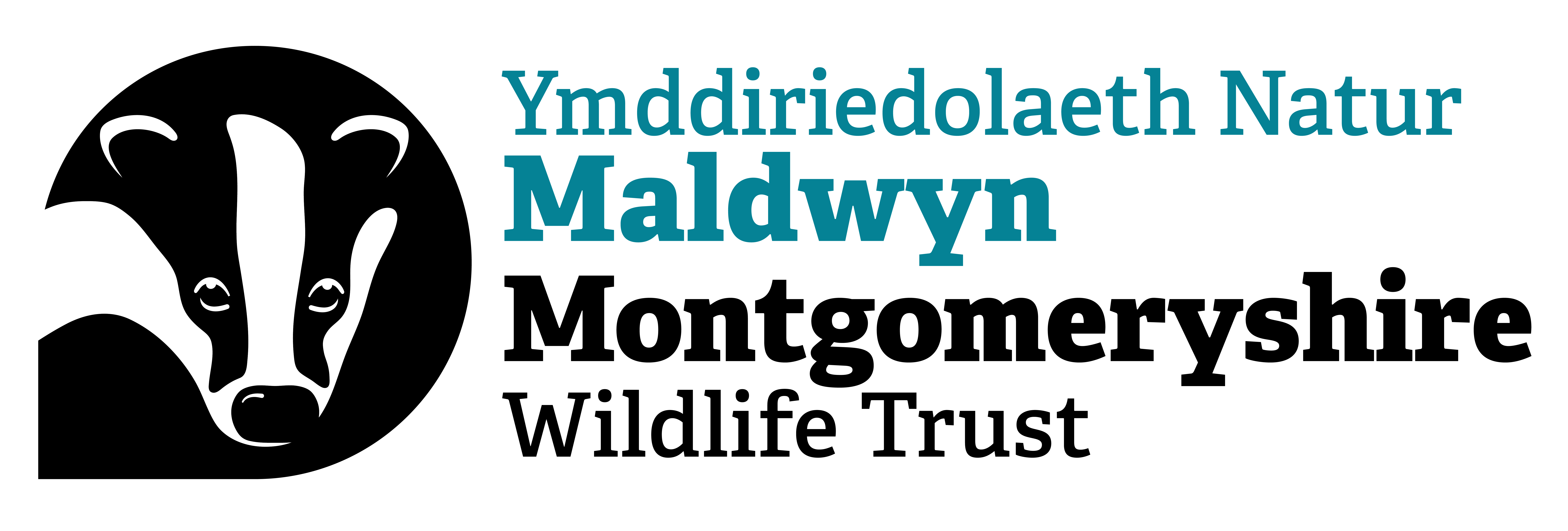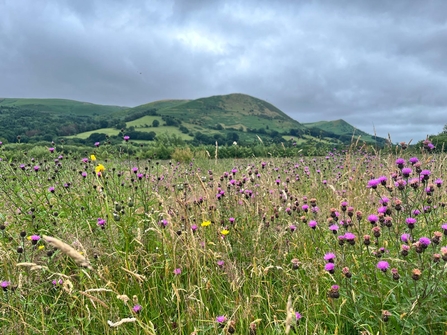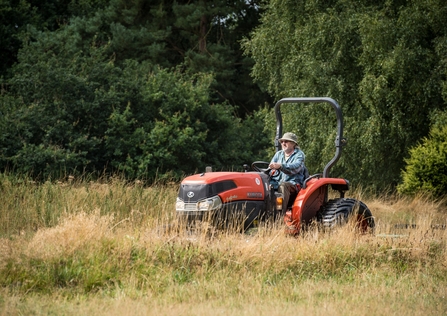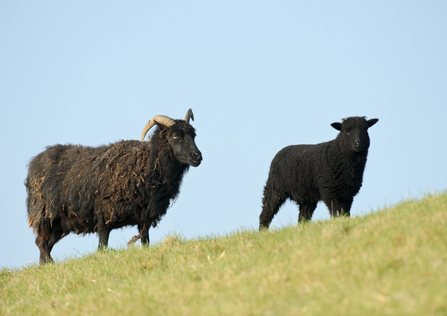Wildflower-rich meadows and pastures
Wildflower meadows and pastures can be incredibly diverse habitats with over 700 species of plants known to thrive in these grassy fields, and that’s not counting the numerous insects, reptiles, mammals and fungi that depend and thrive on wildflower meadows and pastures too. Meadows are typically fields that make hay often with some grazing, and pastures are fields maintained by grazing and not typically cut. Sadly over 97% of wildflower meadows have been lost since the 1930s (Source: Plantlife ‘The Good Meadow Guide’ 2021). A big change in agricultural practices shifting to silage making rather than hay making has undoubtedly had a big impact on diversity in meadows.






